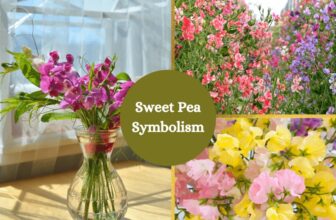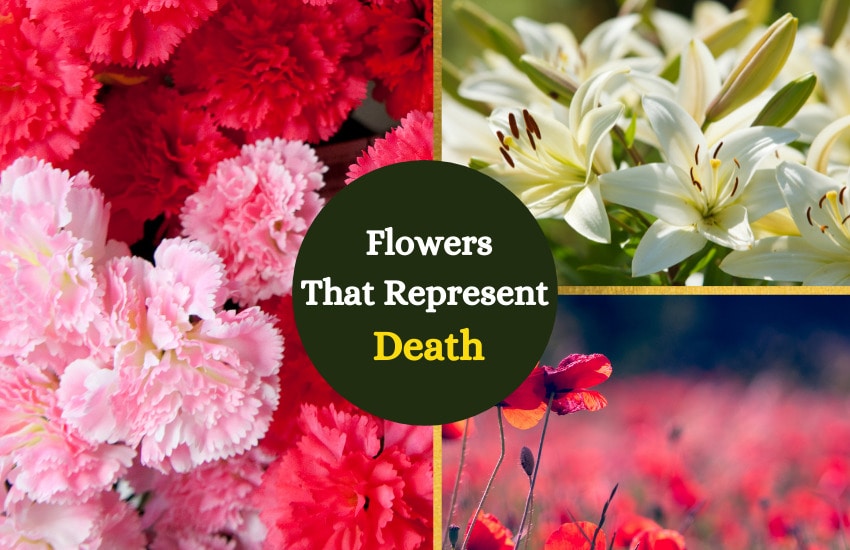
Table of Contents
We often use flowers to symbolize happy and positive things, like love, admiration, and congratulations. But some flowers have darker meanings. Of these, flowers that represent death are likely the darkest and saddest.
Let’s take a look at 13 flowers that represent death and mourning. These are used in different cultures around the world even today.
1. Carnation
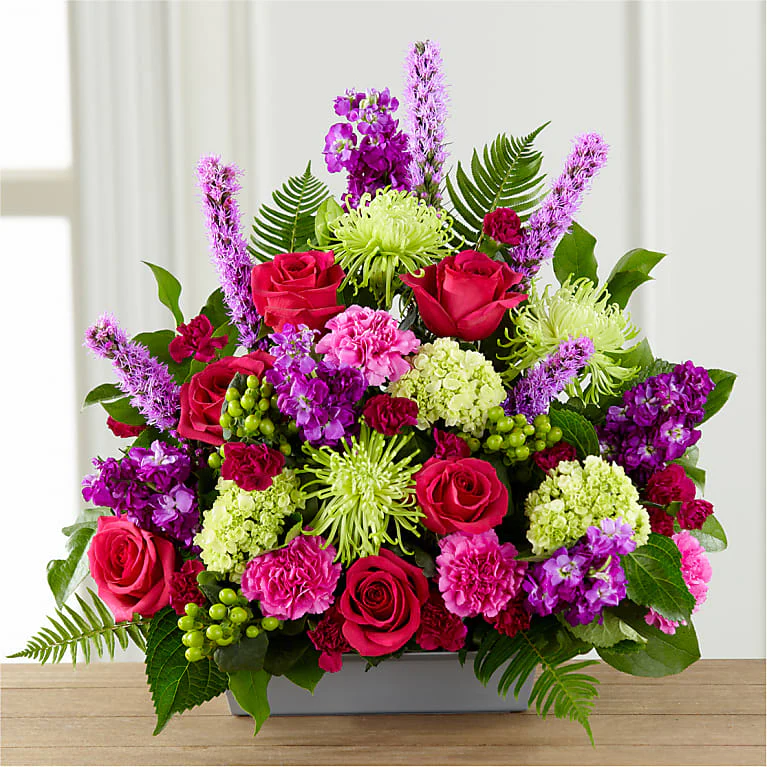
In the West, bouquets of a single color, or mixed color carnations in white, pink, and red are a proper commemoration of a person’s passing.
Red carnations symbolize admiration and love, and say, “My heart aches for you”. On the other hand, pink represents remembrance and white stands for purity.
During Elizabethan times, wearing this flower was popular because it was believed to help prevent being put to death on the scaffold.
Nowadays, carnations are often featured in sympathy flower arrangements, as well as funeral sprays and wreaths.
2. Chrysanthemum
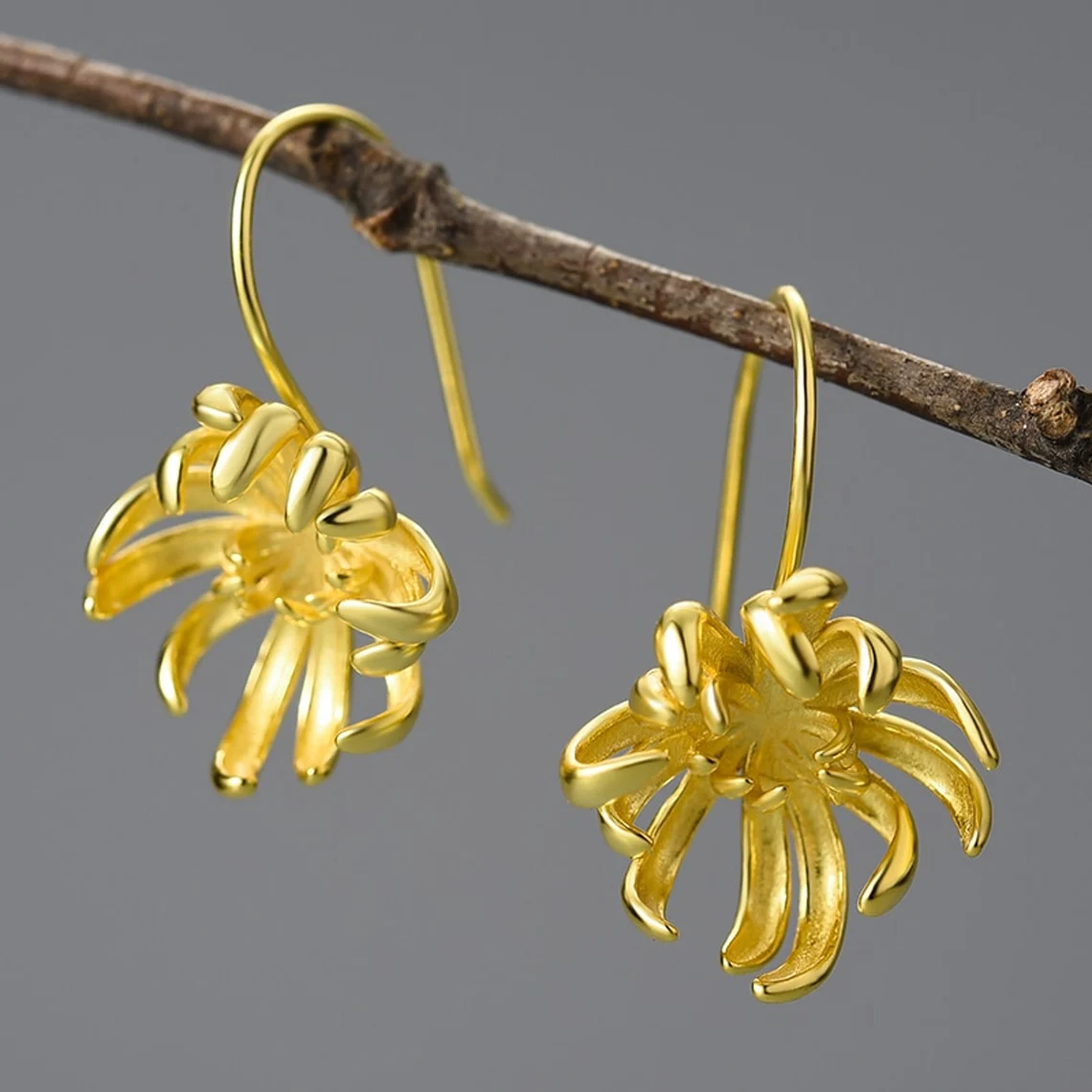
Chrysanthemums are the most common flower used for funerary bouquets and on graves, but their symbolic meaning varies in different cultures.
In the US, they symbolize truth and purity and are a great way to honor someone who has lived a whole life. While in France and southern Germany, they’re also linked to autumnal rites for the dead—and cannot be offered to the living. In Malta and Italy, it’s even considered unlucky to have a flower in the house.
In Japan, white chrysanthemums are associated with death. Japanese Buddhists believe in reincarnation, so it’s a tradition to place flowers and money in the coffin, for the soul to cross the Sanzu River.
In Chinese culture, only a bouquet of white and yellow chrysanthemums is sent to the family of the deceased—and it shouldn’t contain red, which is the color of joy and happiness, and goes against the mood of a family grieving a loss.
3. White Lilies
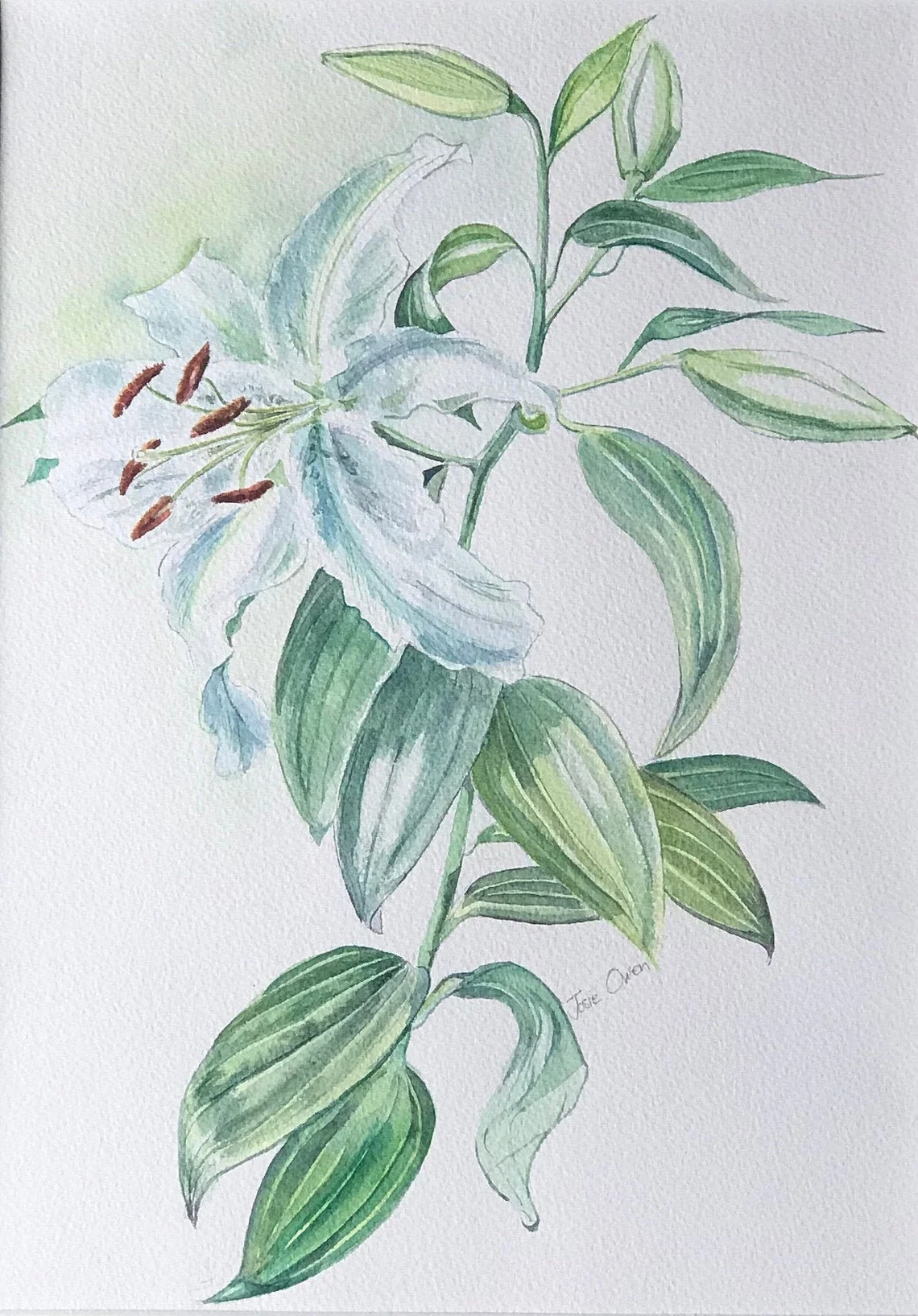
Since these flowers have a dramatic petal arrangement and a strong fragrance, white lilies are associated with innocence, purity, and rebirth.
Its association with purity is derived from the medieval images of the Virgin Mary often depicted holding the flower, hence the name Madonna lily.
In some cultures, white lilies suggest that the soul has returned to a peaceful state of innocence. There are several types of lilies, but the Oriental lily is one of the “true” lilies that convey a sense of peace. Another variation, the stargazer lily is often used to signify sympathy and eternal life.
4. Roses
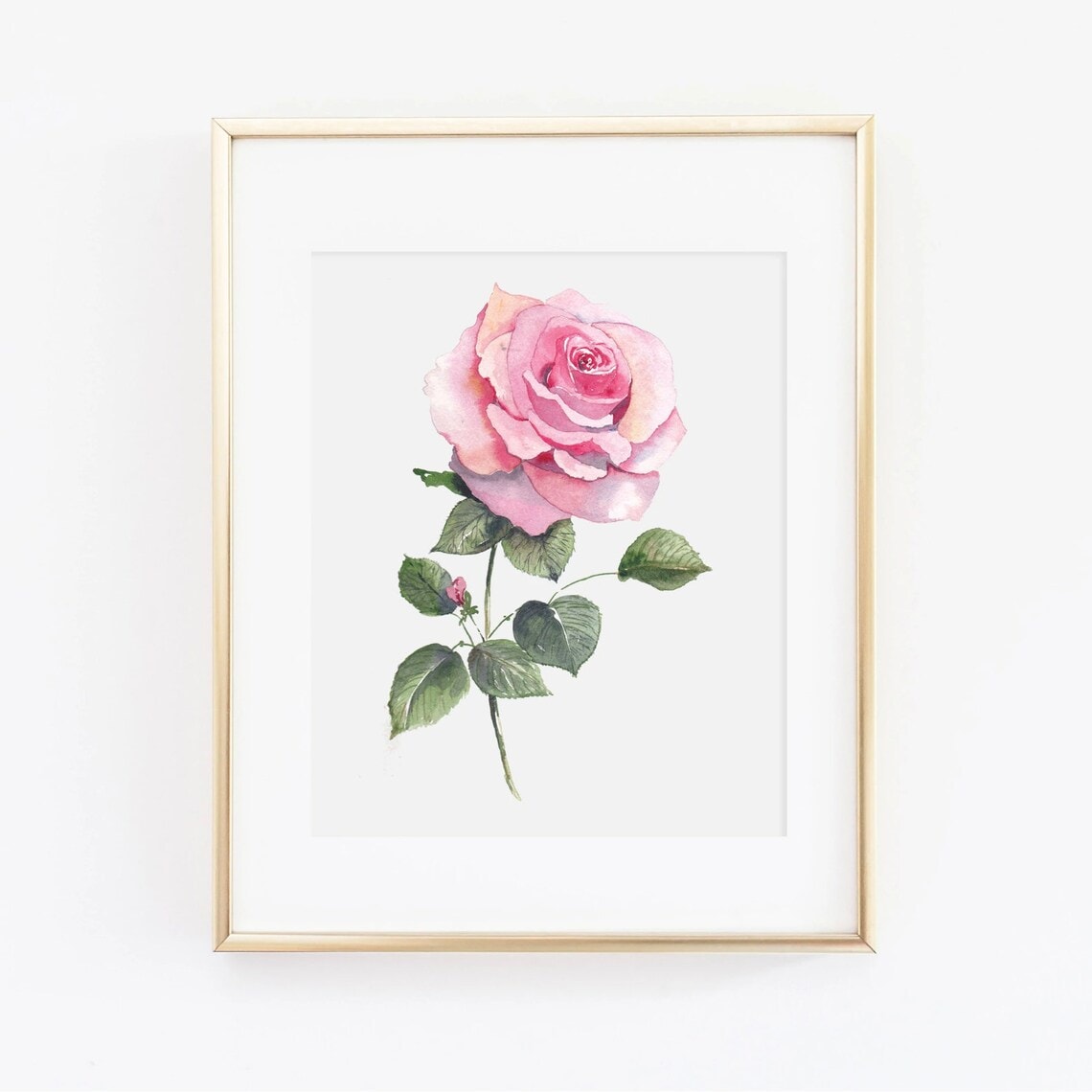
A bouquet of roses can also be a fitting memorial of the departed. In fact, the flower can express a wide variety of symbolic meanings depending on its color. Generally, white roses are often used at the funerals of children, as they symbolize innocence, purity, and youthfulness.
On the other hand, pink roses symbolize love and admiration, while peach roses are associated with immortality and sincerity. Sometimes, purple roses are chosen for the funeral services of grandparents as they represent dignity and elegance.
While red roses can express love, respect, and courage, they can also represent grief and sorrow. In some cultures, they also symbolize the blood of the martyr, likely because of its thorns, and death itself. Black roses, which are not really black but in a very dark shade of red or purple, are also associated with farewell, mourning, and death.
5. Marigold
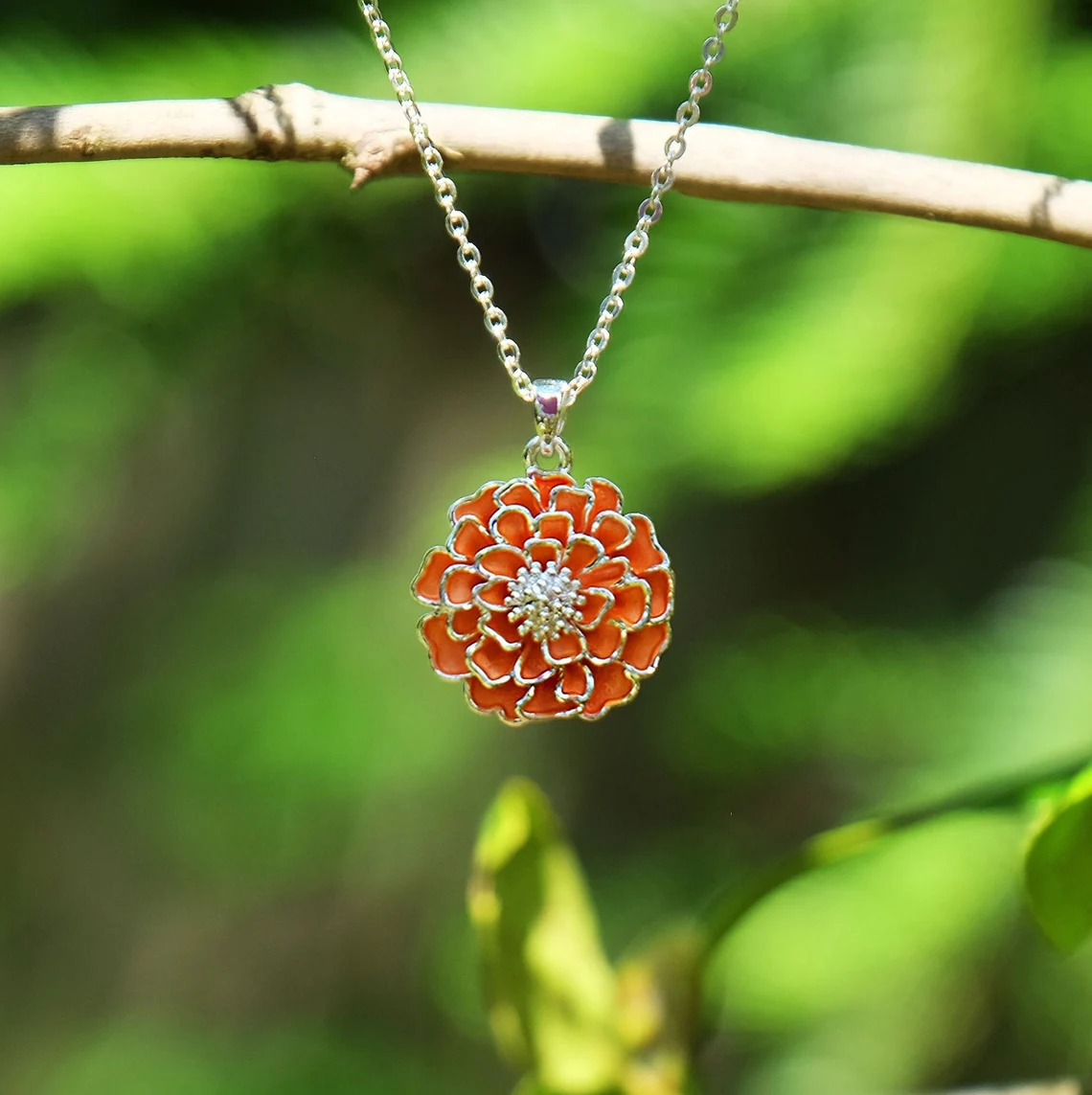
In Mexico and Latin America, marigolds are the flower of death, used during Dia de los Muertos or Day of the Dead. A combination of Aztec belief and Catholicism, the holiday takes place on November 1 and 2. The flower’s bright hues of orange and yellow are meant to keep the celebration cheerful and vibrant, rather than the somber mood associated with death.
Marigolds are often seen on ofrendas or elaborate altars honoring a person. The flower also appears in garlands and crosses, along with calacas and calaveras (skeletons and skulls) and candied sweets. In the United States and Canada, the Dia de los Muertos isn’t a widely celebrated holiday, though the tradition exists in regions with large Latin American populations.
6. Orchids
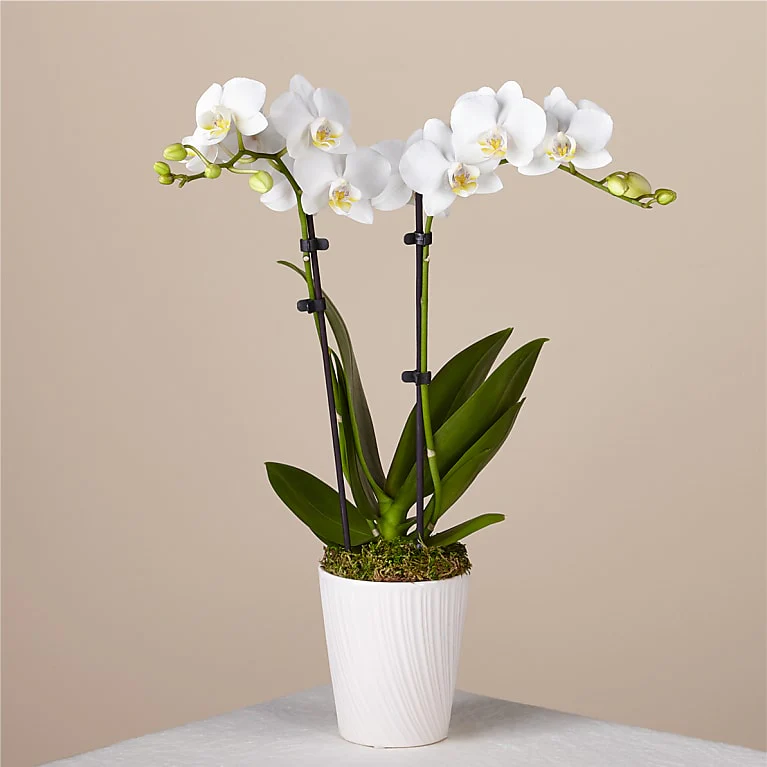
In Hawaii, orchids are often featured on floral garlands or leis, not only as a token of welcome but also as a funeral flower when someone has died. They’re often placed in places that were important to the deceased, given to the family members, and worn by the mourners attending the funeral. These flowers are symbolic of beauty and refinement, but they’re also used as an expression of love and sympathy, especially white and pink blossoms.
7. Poppy
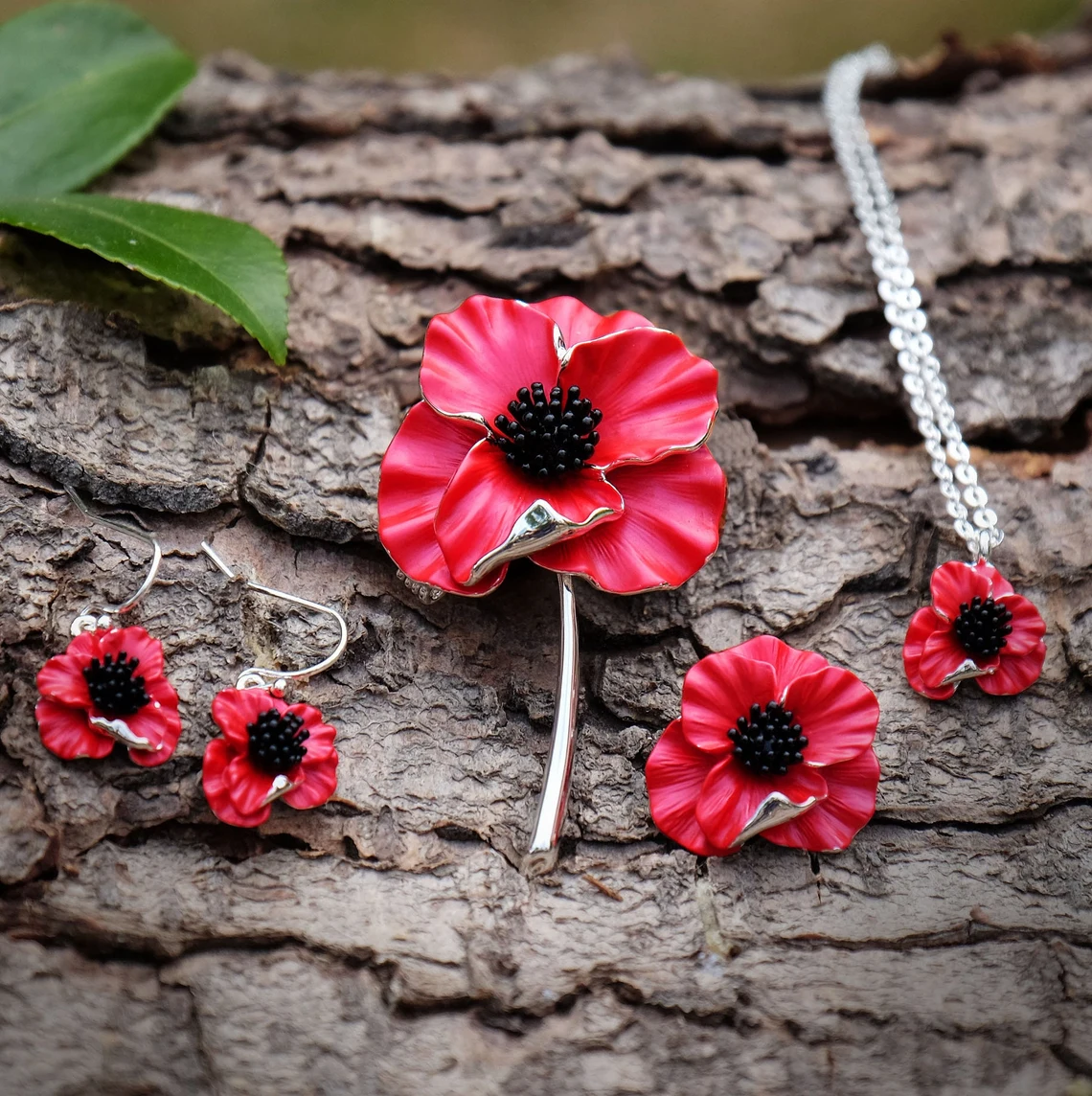
Symbolic of eternal sleep and oblivion, poppies are most recognized for their flower petals that look like crepe paper. The ancient Romans placed poppies on graves, as they were thought to grant immortality. Evidence of these flowers has also been found in 3,000-year-old Egyptian tombs.
In Northern France and Flanders, poppies grew from the battle-torn craters in the fields after World War II. The legend says that the flower sprang from spilled blood at battles, which makes the red poppy the symbol of remembrance for the war dead.
Nowadays, poppies are often used for military remembrances around the world. In Australia, it’s an emblem of sacrifice, a symbol of life given in the service of one’s country. During the 75th anniversary of the D-Day landings in France, Britain’s Prince William laid a wreath of poppies to honor the fallen.
8. Asphodel
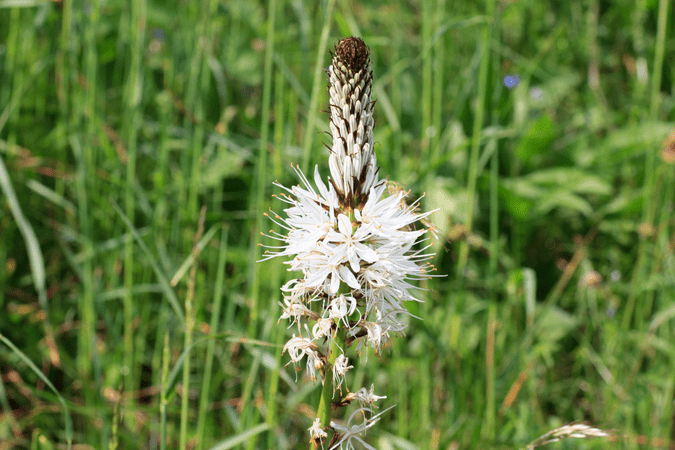
In Homer’s Odyssey, the flower can be found in the Plains of Asphodel, the place in the underworld where the souls rested. It’s said that the goddess Persephone, the wife of Hades, wore a garland crown of asphodel. Therefore, it became associated with mourning, death, and the underworld.
In the language of flowers, asphodel can signify regrets beyond the grave. It simply says, “I will be faithful till death,” or “My regrets follow you to the grave”. These star-shaped flowers remain symbolic, especially at death anniversaries.
9. Tulips
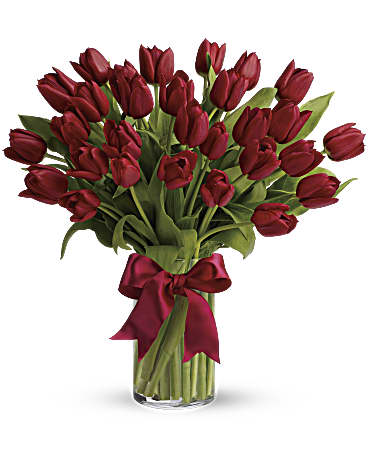
Since the foundation of the Islamic Republic of Iran in 1979, tulips have been a symbol of the death of martyrs. According to the tradition of Shi’ism, Ḥusayn, the grandson of the Prophet Muhammad, had died in the battle against the Umayyad dynasty—and red tulips sprang from his blood. However, the flower’s significance in Iranian culture can be traced back to ancient times.
In the 6th century, tulips became associated with eternal love and sacrifice. Furthermore, in a Persian legend, prince Farhad heard false rumors that Shirin, his beloved, had been killed. In desperation, he rode his horse off a cliff, and red tulips sprang where his blood had dripped. Since then, the flower became a symbol that their love would last forever.
10. Anemone
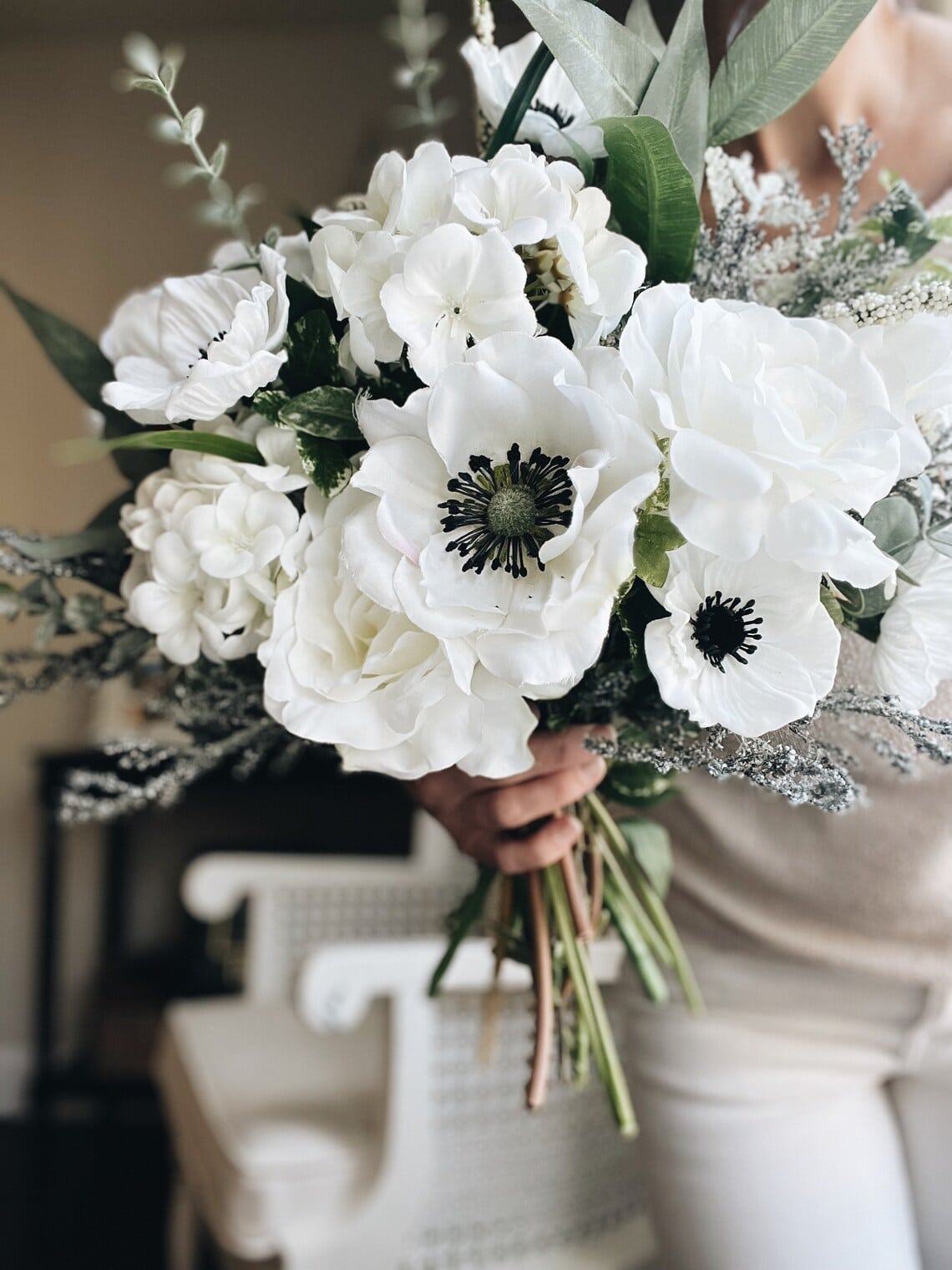
Anemone has a long history of superstition, as ancient Egyptians thought it to be an emblem of sickness, while the Chinese called it the flower of death. Its meanings include abandonment, withered hopes, suffering, and death, making it a symbol of bad luck in many Eastern cultures.
The name anemone is derived from the Greek anemos that means wind hence it’s also called windflower. In Greek mythology, anemones sprang from the tears of Aphrodite, when her lover Adonis died. In the West, it can symbolize anticipation and is sometimes used in remembrance of a deceased loved one.
11. Cowslip
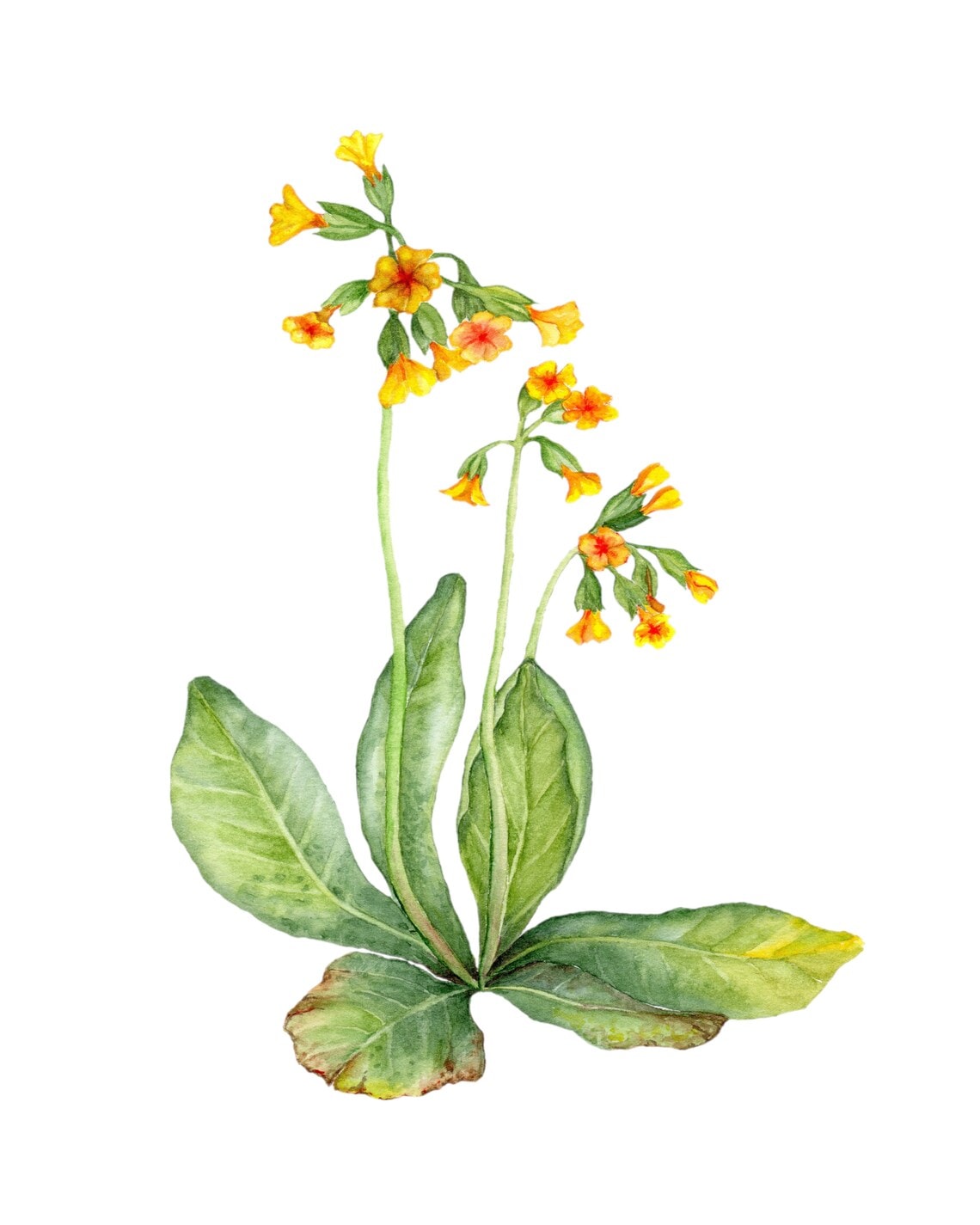
Also called the key of heaven, cowslip flowers are symbolic of both birth and death. In a myth, people were sneaking into the backdoor of heaven, so St. Peter became angry and dropped his key to earth—and it turned into a cowslip or key flower.
In Ireland and Wales, cowslips are considered fairy flowers, and touching them will open a door into fairyland. Unfortunately, they should be arranged in the proper number of flowers, or else doom will follow the ones who touch them.
12. Daffodil
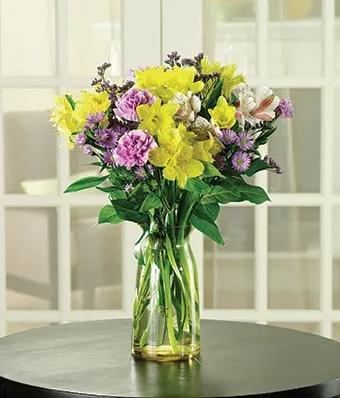
Daffodils (Latin name Narcissus) are most associated with vanity and death, because of the popular myth of Narcissus who died by staring at his own reflection. During medieval times, the flower was regarded as an omen of death, when it drooped while it was being looked at. Nowadays, daffodils are seen as symbols of new beginnings, resurrection, rebirth, and the promise of eternal life, so they’re also ideal for sending families suffering from the loss of a loved one.
13. Enchanter’s Nightshade
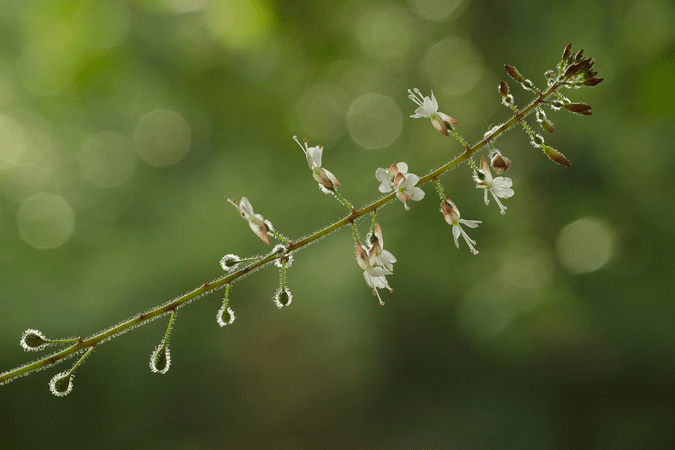
Also known as Circaea, the enchanter’s nightshade was named after Circe, the sorceress’s daughter of the sun god Helios. She was described by Homer as being cruel for enticing shipwrecked sailors to her island before turning them into lions, wolves, and swine, which she then killed and ate. Therefore, its small flowers also symbolized death, doom, and trickery.
Why Do Some Flowers Symbolize Death?
Flowers have played an important in funeral rituals of different societies and religions. Floriography, or the language of flowers, was formalized by the Victorians—and most flowers associated with mourning and death derived their modern symbolism from this.
However, the association of death with flowers existed even before that, in ancient times. For example, in ancient Egypt, flowers were laid in the tombs of pharaohs to signify various concepts.
In the post-Elizabethan period in England, tributes at funerals were evergreen rather than floral. Eventually, cut flowers began to be used as sympathy gifts and to mark graves.
In some regions, the significance of flowers extends beyond the time of death to occasions when the dead are remembered, especially at All Soul’s Day in Eurasia and Dia de los Muertos in Mexico.
Wrapping Up
The symbolic meaning of flowers has been recognized for centuries. Mourners around the world still use flowers to lend shape to grief, farewell, and memories—but it matters to opt for flowers suitable to the culture and the occasion.
In the Western tradition, you may choose funeral flowers to their modern and ancient symbolism. For Eastern cultures, white flowers are the most appropriate, especially chrysanthemums and lilies.





